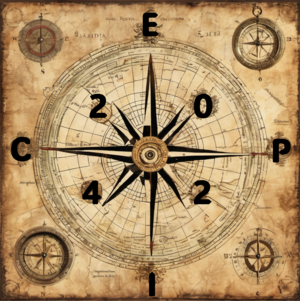Speaker
Description
Electroweak physics at low energies remains relatively unexplored. Even though different probes exist, the extraction of the weak mixing angle at low energy is often correlated with the poorly known radius of the neutron distribution of the element used in the experiment, leading to an unclear understanding of the consistency across different probes. To provide a comprehensive overview, we performed a global fit using coherent elastic neutrino-nucleus scattering (CEνNS) on CsI, atomic parity violation (APV) on Cs and Pb, and parity-violating electron scattering (PVES) on Pb, which will be discussed in this contribution. Our analysis reveals that all results consistently point in the same direction to a value of the weak mixing angle compatible with the expected running. When including various determinations of the neutron distribution radius of cesium we obtain the same central value for the weak mixing angle but with reduced errors, finding an excellent agreement independently of the method used. This refined approach underscores the importance of combining diverse experimental data based on complementary physial effects to enhance our understanding of electroweak and nuclear physics.
